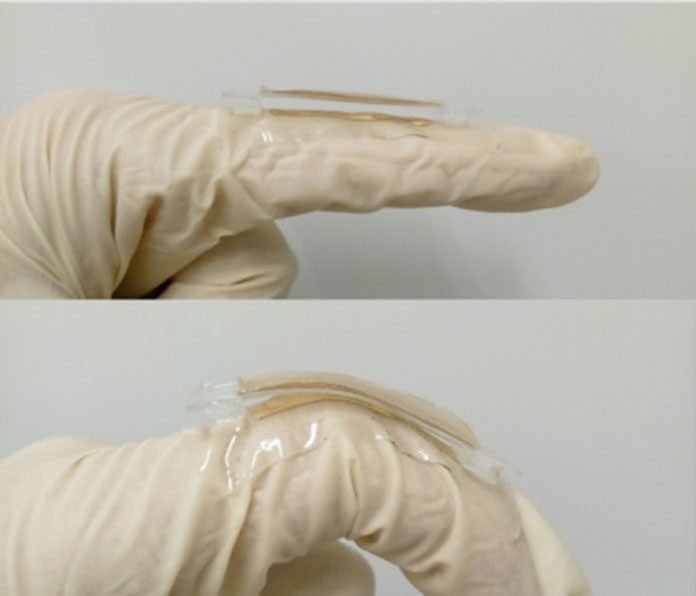Rather, gadgets will get power from a little metal tab that, when appended to the body, is equipped for creating power from bowing a finger and other straightforward developments.
That is the thought behind a community-oriented research venture driven by the University at Buffalo and the Institute of Semiconductors (IoP) at the Chinese Academy of Science (CAS). The tab — a triboelectric nanogenerator — is portrayed in an investigation distributed online on Jan. 31 in the diary Nano Energy.
“Nobody likes being fastened to an electrical plug or dragging around a convenient charger. The human body is a bottomless wellspring of vitality. We figured: ‘For what reason not bridle it to create our own energy?’ says lead creator Qiaoqiang Gan, Ph.D., relate educator of electrical design in UB’s School of Engineering and Applied Sciences.
Triboelectric charging happens when certain materials turn out to be electrically charged in the wake of coming into contact with an alternate material. Most ordinary electricity produced via friction is triboelectric.
Specialists have proposed various nanogenerators that use the triboelectric impact; be that as it may, most are hard to produce (requiring complex lithography) or are not savvy. The tab that the UB and CAS groups are creating addresses both of those worries.
It comprises two thin layers of gold, with polydimethylsiloxane (likewise called PDMS, a silicon-based polymer utilized as a part of contact focal points, Silly Putty, and different items) sandwiched in the middle.
The key to the gadget is that one layer of gold is extended, making it fold upon discharge and make what resembles a small mountain run. At the point when that power is reapplied, for instance from a finger bowing, the movement prompts erosion between the gold layers and PDMS.
Co-author said Yun Xu, Ph.D., professor of IoP at CAS said, “This causes electrons to flow back and forth between the gold layers. The more friction, the greater the amount of power is produced.”
The study describes a small tab (1.5 centimeters long, by 1 centimeter wide). It delivered a maximum voltage of 124 volts, a maximum current of 10 microamps, and a maximum power density of 0.22 milliwatts per square centimeter. That’s not enough to quickly charge a smartphone; however, it lit 48 red LED lights simultaneously.
As the tab is fabricated easily, scientists are tasked with improving the tab’s performance. Thus, the team plans to use larger pieces of gold, which when stretched and folded together are expected to deliver even more electricity.
Journal Reference
- Huamin Chen, Lin Bai, Tong Li, Chen Zhao, Jiushuang Zhang, Nan Zhang, Guofeng Song, Qiaoqiang Gan, Yun Xu; Wearable and robust triboelectric nanogenerator based on crumpled gold films. Nano Energy Volume 46, April 2018, Pages 73-80 DOI: 10.1016/j.nanoen.2018.01.032
